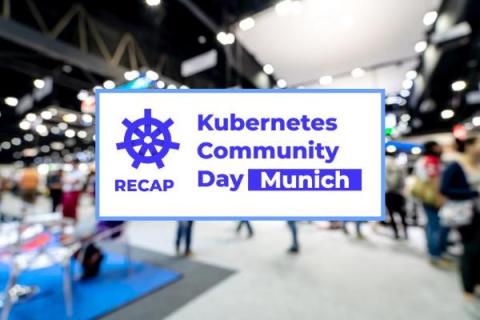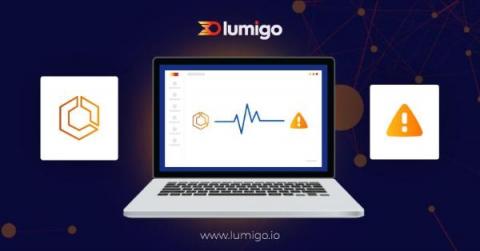Save money on Serverless: common costly mistakes and how to avoid them
When used properly, serverless technologies like AWS Lambda can lower the cost of running a system. This is because you only pay for these services when you’re using them, so you don’t waste any money. Serverless technologies also have other benefits. They can provide better security, built-in redundancy and scalability. The biggest plus is that they let you do more with less time and effort. You can focus on the things that directly add value to your business.











